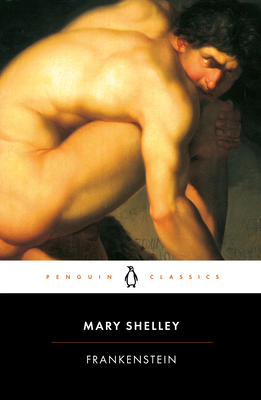Frankenstein
Mary Wollstonecraft Shelley

I started Jeannette Winterson’s “Frankissstein” but didn’t click with it and put it down maybe 1/3 of the way through. However, reading it (especially the sections where Mary Shelley is a character) got me interested in picking up the original Shelley version. It is absolutely worth your time and holds up extremely well for something written in the early 1800s (when Shelley was about 20 years old, no less!). I felt, when reading it, much of the same “freshness” that I felt when reading Stoker’s “Dracula.” These characters loom so large in our modern horror mythology that they have inevitably drifted away from the original texts–so much so that reading the originals can feel like a creative new take on a tired old idea! In particular, my sense is that both Dracula and Frankenstein as cultural artifacts have been much more heavily shaped by their early 20th-century movie versions (Bela Lugosi and Boris Karloff, respectively) than by the texts themselves. Dr. Frankenstein’s hunchbacked assistant Igor, cringing and going “Yes master”? Not in the Shelley book–that’s from the Karloff movie. And so on.
The monster presented in this book is radically different from the one culturally implanted in your brain. He is articulate, lonely, and afraid. Accepting his character as written certainly requires some suspension of disbelief, but the themes and lessons of the book are nuanced and go far beyond the simple idea of “man has no business creating life.”
My only real gripe with the story was the pacing, a problem that it actually shares very closely with Stoker’s “Dracula.” About half-way through the book, it becomes clear where things are going, and the remainder of the story is a little boring because it’s predictable. There’s no Renfield in “Frankenstein” to save the back half. Finally, I think Stoker’s book has the edge on this because it has several interesting characters in addition to the antagonist (Dr. Seward, Van Helsing, Jonathan and Mina Harker) where “Frankenstein” really only has the good doctor. Nonetheless, the book is worth reading for Shelley’s portrayal of the monster.